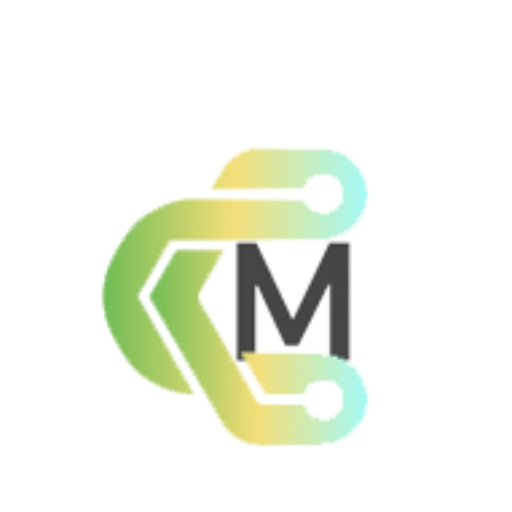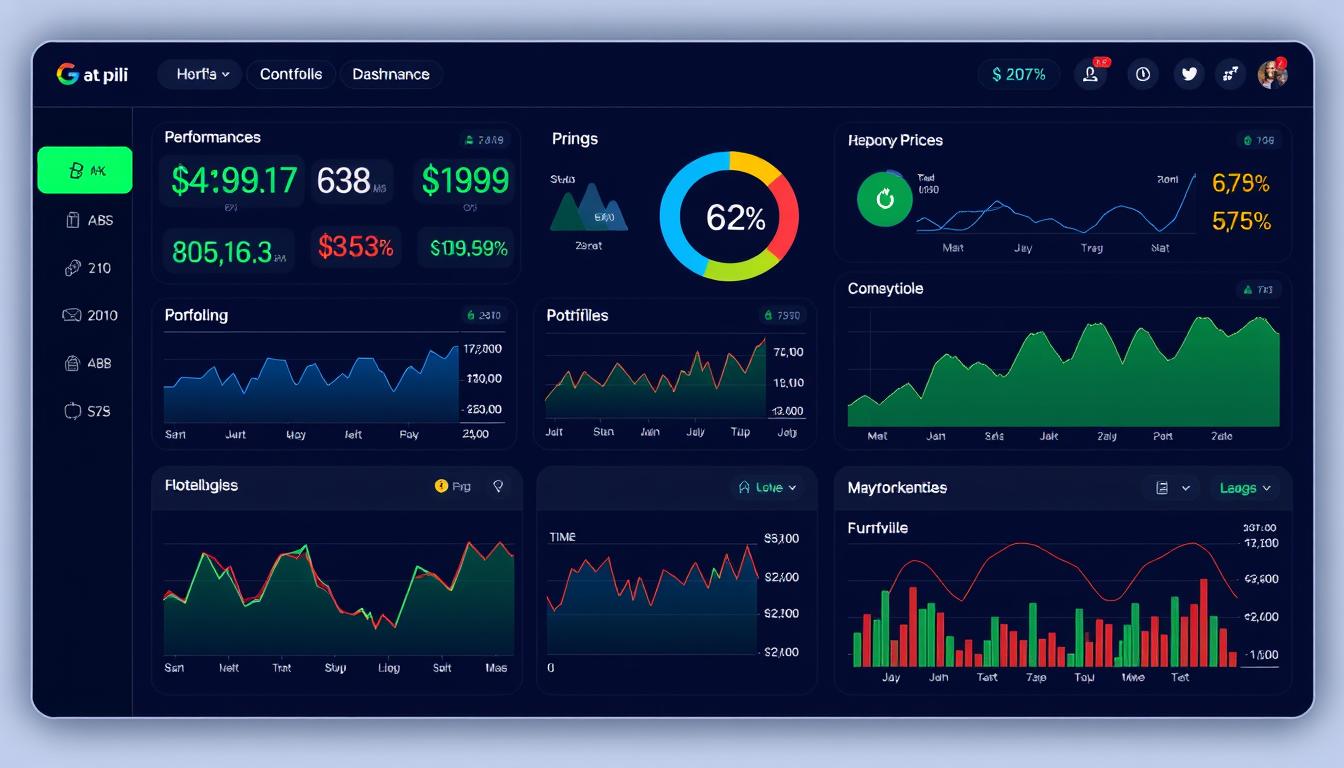Now Reading: Blockchain vs. Traditional Databases: Pros and Cons
- 01
Blockchain vs. Traditional Databases: Pros and Cons
Blockchain vs. Traditional Databases: Pros and Cons

Introduction
In this digital era, data management is crucial for almost every industry. How an organisation stores, manages, and accesses its data may impact its efficiency, security, and decision-making capabilities. Relational databases have been the solution for many years throughout the era of information technology. They provide structured ways for organizations to store and retrieve their data. However, the invention and development of blockchain technology have contributed to a new concept of data management. This paper will compare the two approaches to organization and their presence wherein each is ideal. As a result, the businesses and developers will know when the other is more ideal than the other when designing the information systems that they will need.
1.Traditional Databases
How Traditional Databases Work
Traditional databases have been a key holder in the development of data management. The biggest category among the relational databases, together taking a significant share of the industry for years. A relational database system consists of multiple objects, each of which works to store the relevant data. The data objects are atomic or fundamental unit of data storage for the database, stored in their tables due to the identities they use for them. The most popular databases include MySQL, PostgreSQL, Oracle database, and Microsoft SQL Server. These databases are based on the client-server architecture where the server hosts the database and the clients are the user at the terminus running applications that interact with the data.
2. Advantages of Traditional Databases
a. Efficiency and Speed. Traditional Data storages are best when high volumes of transactions are involved. Lots of users accessing data can also be accessed effortlessly. Many tools and techniques like Indexing, caching, and Query Optimizing work together for fast and efficient query processing.
b. ACID Compliance. This allows for a reiterated consistent state of the database and to guarantee that the data remain conspicuous under failures. The ACID properties are ideal for banks and other financial transactions for accuracy.
c. Mature Ecosystem. most databases are known to be in use with well-database pros. Therefore there are a lot of Development and administration kits available such as tools, libraries, and frameworks as well as personnel.
d. Flexibility in Data Management: Traditional databases provide a great deal of flexibility in managing data. Users can define complex schemas, enforce constraints, and run sophisticated queries using SQL. As a result, traditional databases are used in a wide range of applications, from simple database storage to complex analytics.
3. Disadvantages of Traditional Databases
a.Storage on a single server or cluster of servers is the foundation of traditional databases. This concept is known as centralization. Because everything is concentrated in one place, the system is more likely to experience disruptions, assaults, and corrupted data.
Furthermore, centralization can become a bottleneck in performance management as the system expands.
b. Limited Transparency: while traditional databases support strong security measures, they do not provide transparency or verifiability on their own. The database administrator itself may be responsible for restricting access to the database and may make modifications that are not transparent to all participants. The use of a traditional database is limited in applications where transparency and trust between parties are needed, such as election systems or supply chains.
c. Scalability: Scaling traditional databases, especially relational databases, can be difficult. c. Horizontal scaling by adding more servers per database leads to sharing, which raises issues concerning data integrity and limitations in processing queries. Vertical scaling by increasing capacity is physical and often expensive.
d. Attacks: Centralized databases serve as a deterrent to hackers due to the fact that hacking the main server grants access to the entire database. Encryption and access controls are implemented on traditional databases though due to their centralized nature, they still remain a risk.
The First Section of Our Blockchain Technology Guide: How Does It Work?
A distributed ledger of transactions may be shared over a network of computers with the help of “blockchain” and other kinds of digital ledger technology (DLT). A trustworthy third party is no longer needed thanks to blockchain technology, which records and verifies transactions via a consensus process.
The immutability of the record is ensured by the fact that each transaction is linked to the preceding chain of blocks.
To make sure that everyone in the network is using the same version of the ledger, this sequence of blocks is then shared around all the computers in the network. A few examples of popular consensus models include PoW, PoS, and PBFT. Although blockchain technology is the backbone of digital currencies like Bitcoin and Ethereum, it has found uses outside of the financial sector, such as in voting systems and medicines.
4. Blockchain Technology’s Benefits
Among the many advantages of blockchain technology is its decentralisation. The need for a governing body is eliminated by blockchain technology, which creates a decentralised network of nodes to store the sequence of blocks.
Because of this, the system is less vulnerable to assaults and has fewer potential weak spots. Furthermore, data remains accessible in the event that some nodes go down since all participants in the network have access to the same chain of blocks.
5. Honesty and unchangeability.
An addition to the blockchain makes a transaction permanent; it cannot be removed or changed once added. It is possible to access the same data copied by multiple network nodes and verify its integrity and correctness. Moreover, every transaction is publicly visible on the blockchain’s ledger, making the technology ideal for applications where auditability and trust is crucial. Blockchain’s security is based on its decentralized model and cryptographic principles. Consensus mechanisms used in blockchain guarantee validated transactions, making it impossible for malicious actors to meddle with the data. Additionally, blockchain applies cryptography to lock data, confirming its origin and correctness.
6. Trustless interactionsers
Blockchain allows a trustless approach to the interaction between the parties. Because transactions are validated numerous times before being written to a block, no party in the interaction needs to trust one another. Blockchain is especially useful in scenarios where it is difficult to create trust, such as in cross-border transactions or peer-to-peer networks.
7.Smart contracts.
Blockchain like Ethereum uses smart contracts – self-executable contracts with the terms of agreement written – that allow automated built-ins processes without real estate processors. Thus, it leads to increased efficiency of the platform and reduced expenses on the processing intermediaries.
8. Disadvantages of Blockchain Technology
Energy waste: One of the main critiques of the blockchain, particularly PoW-based algorithms like Bitcoin, focuses on energy waste. Mining, validating transactions, is not cheap in terms of computational power and electricity. Therefore, blockchain contributed to significant environmental problems.
Scalability: Blockchain suffers from scalabilities, particularly in transaction processing. As the number of transactions grows, it takes more time and resources to write them on a block. Thus there is always a bottleneck in terms of transaction-processing speeds that makes it challenging for high-volume applications.
9. Complexity and Learning Curve
Understanding and implementing blockchain technology can be complex due to its newness. Specialized knowledge of cryptography, distributed systems, and consensus algorithms is required to develop blockchain applications. This steep learning curve can prevent many organizations and developers from adopting the technology.
Limited Privacy: Although blockchain provides transparency, it also raises privacy concerns Because everyone can see what’s happening before a sale on a public blockchain, it’s not ideal for applications that need secrecy. Technologies that improve privacy, such zero-knowledge proofs, are in their infancy and not yet accessible to most people. e. Concerns Regarding Regulations: On top of that, blockchain regulations are still in the process of developing. Multiple bans and laws are being enforced by various countries. For companies looking to use blockchain technology, the absence of clear regulations might create obstacles.
10. Use Cases and Applications of Blockchain vs. Traditional Databases
The use case and application characteristics determine whether blockchain or a regular database is better suited. Below are some examples of when one solution might be more feasible than the other.
11. Financial Transactions and Cryptocurrencies Blockchain
Blockchain is optimal for financial transactions and decentralized finance applications. Decentralization removes the need for intermediaries such as banks during blockchain transactions. eliminates the necessity for financial institutions to authorize a transaction, lowering costs and allowing for straightforward peer-to-peer connections. Blockchain’s salinity and auditability features help keep financial transactions healthy. Traditional Databases: Traditional databases are still used to handle traditional financial transactions, manage consumer accounts, process transactions, and hold financial data. Centralization is a huge advantage for conventional databases that process a sizable number of transactions. These databases can maintain high-performance transactions.
12. Supply Chain Management Blockchain
Blockchain is used in supply chain management, in which constant transparency and monitoring are put to the test.
13. Healthcare Data Management
Blockchain: One of the most discussed topics, blockchain technology can be used as a glorious means to revolutionize healthcare data management with its capability to create a secure and decentralized place for patient data storage & sharing. Patients own their data and only share it with healthcare providers, as desired. The impossibility to tamper blockchain ensures that medical records are correct, which is liable for a huge potential fraud prevention.














